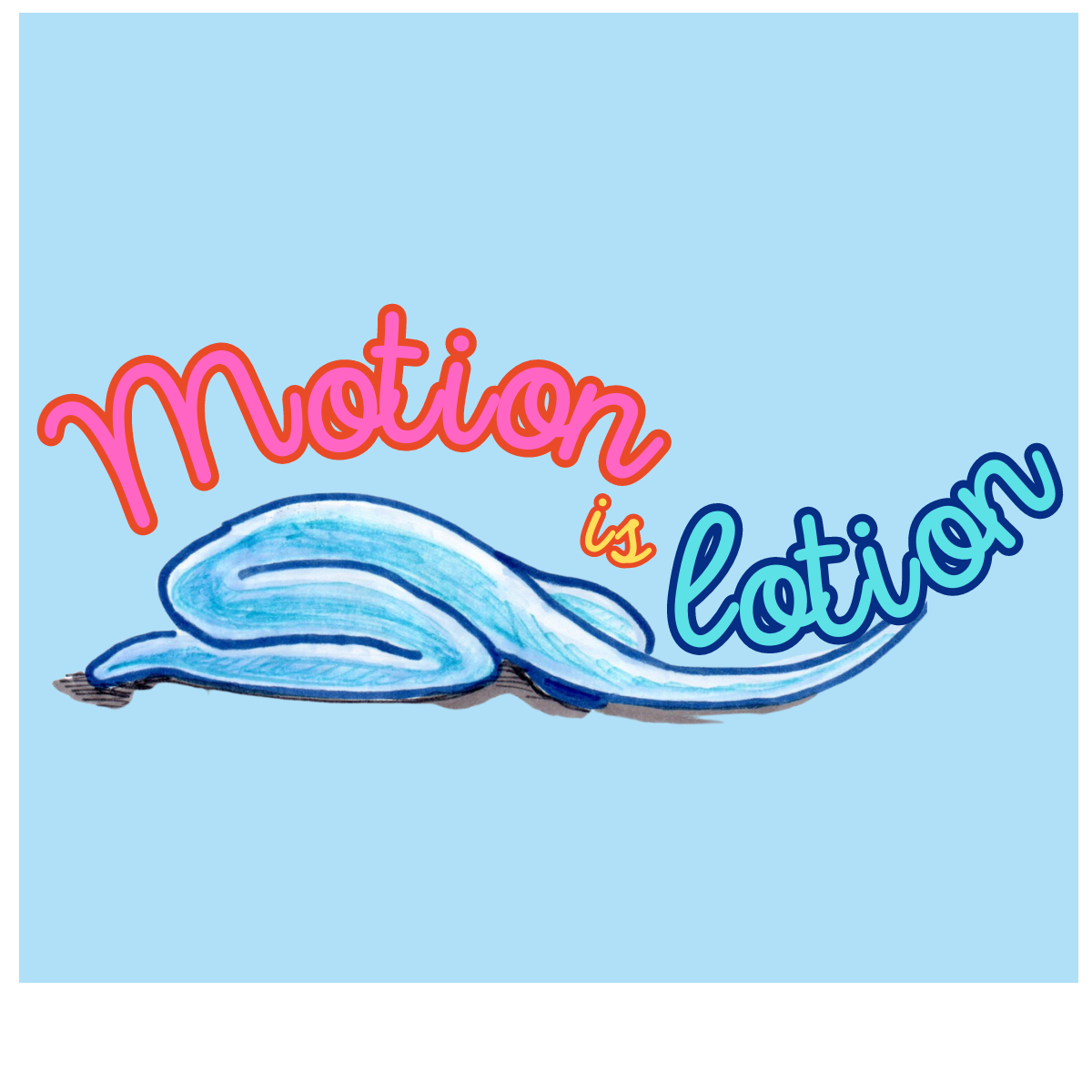A patient asked if a specific exercise would be beneficial for low back pain.
In this case it was child’s pose.
I knew the patient’s background so in this case the short answer was simple: if it feels good for your low back pain, great, carry on. If it does not feel good, don’t do it.
The long answer…
In the absence of acute physical injury, movement is medicine for the musculoskeletal system. Any movement or exerise that feels great physically can only be beneficial emotionally and mentally.
Specific exercise: It feels nice, it doesn’t hurt, it must be doing something good
Choosing to practice or engage in any movement or activity that you enjoy presents the perfect opportunity to optimise the physical and emotional benefits. Any ‘thinking about what you are doing’ will engage the brain and initiate neural change.
Sounds complex, but it’s actually quite simple
With any movement there is a subconscious sweeping, holistic evaluation of multiple feedback loops of information (sensory, contextual, social, environmental etc) that are available to the nervous system in that moment.
Your nervous system evaluates movement for threat and if all is well it will allow an appropriate response i.e.” this is ok”. It will then permit and promote normal muscle activity, which in turn gives further sensory and mechanical feedback.
Some movements can even produce an endocrine bonus, with the release of endorphins (hormones) that can modulate pain and relieve stress.
Take a moment to actually think about what you are doing, when you are doing it
Using your thinking brain triggers a logical cascade of discernment, discrimination, differentiation and eventual integration.
This will allow you to notice what it feels like in the beginning, during and at the end. Then you can decide if what you are doing has made a positive difference.
Discernment
Question what has drawn you to a particular movement or exercise. This needn’t be complex; it may simply be that you enjoy the pose – ‘It’s what your body wants’.
Discrimination
But why does your body want what it wants? Gather the general ‘what and the where’ of what you feel whilst doing the movement. Where in your body do you feel something? Is it a physical stretch sensation or resistance? A sense of relaxation, of ease? What is the significance?
Differentiation
Regarding the movement or the sensation, does it feel the same on the left compared to right? Forwards or backwards? Is it easy or difficult? Noticing a difference is the difference that makes a difference.
Integration
Exploring and testing differences utilises your nervous system to create change. If the result feels alien or unfamiliar, perfect, inherently that is not your usual and therefore potentially a better outcome.
To get the most out of your movement, spare a moment to observe and notice to get more out of how you move.
As a physiotherapist that enjoys exploring movement and exercise, I can help you get rid of your pain and guide you back to what you love to do.
My clinic is in Blackwell in Darlington, click on the contact form below to arrange a discovery call, to discuss how I can help you.

How I work – simple solutions to complex problems
How we can learn from our pain – learning from painful experiences
Managing persistent pain – finding your way
Images courtesty of Pexels – Mikhail Nilov

